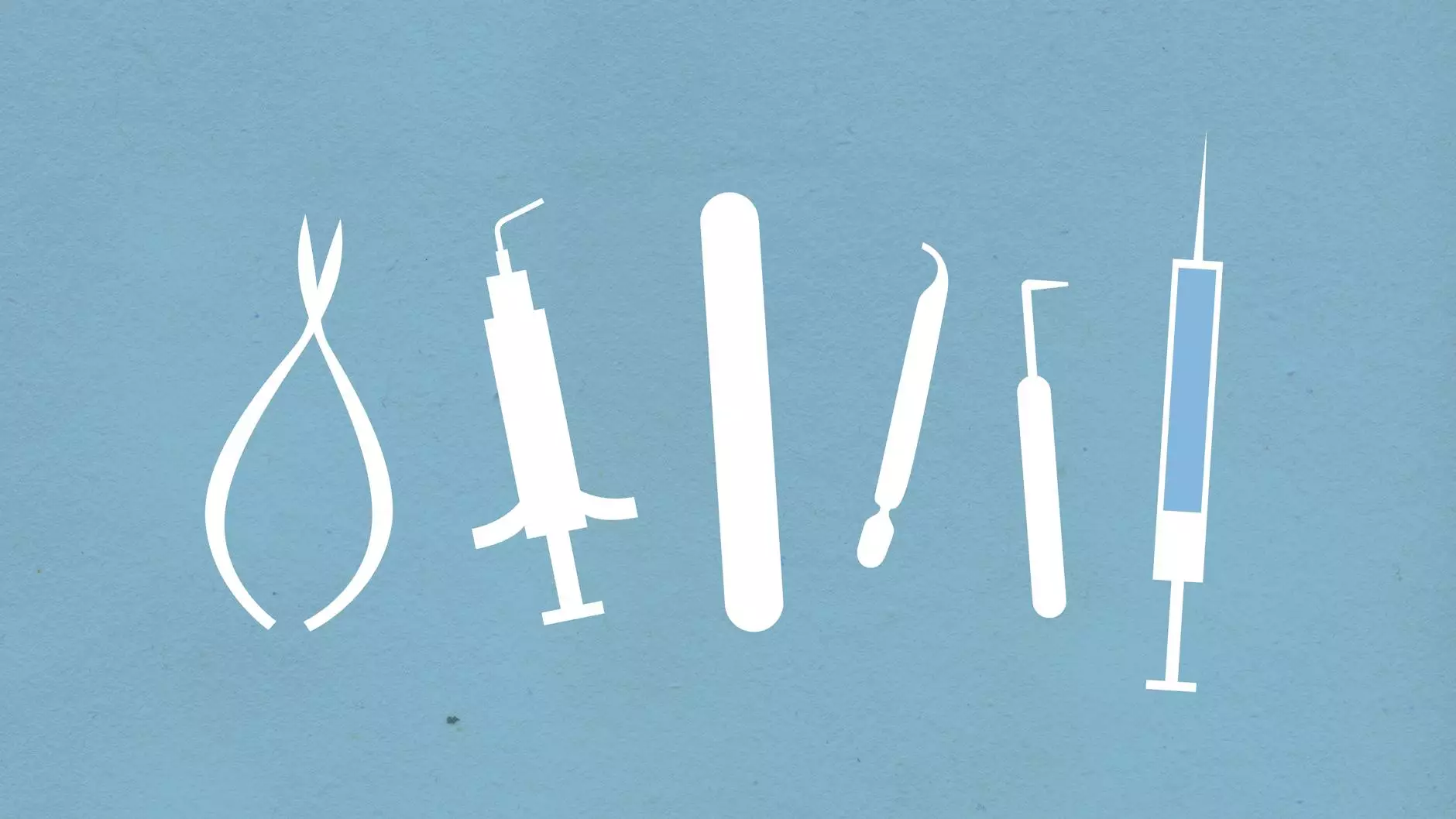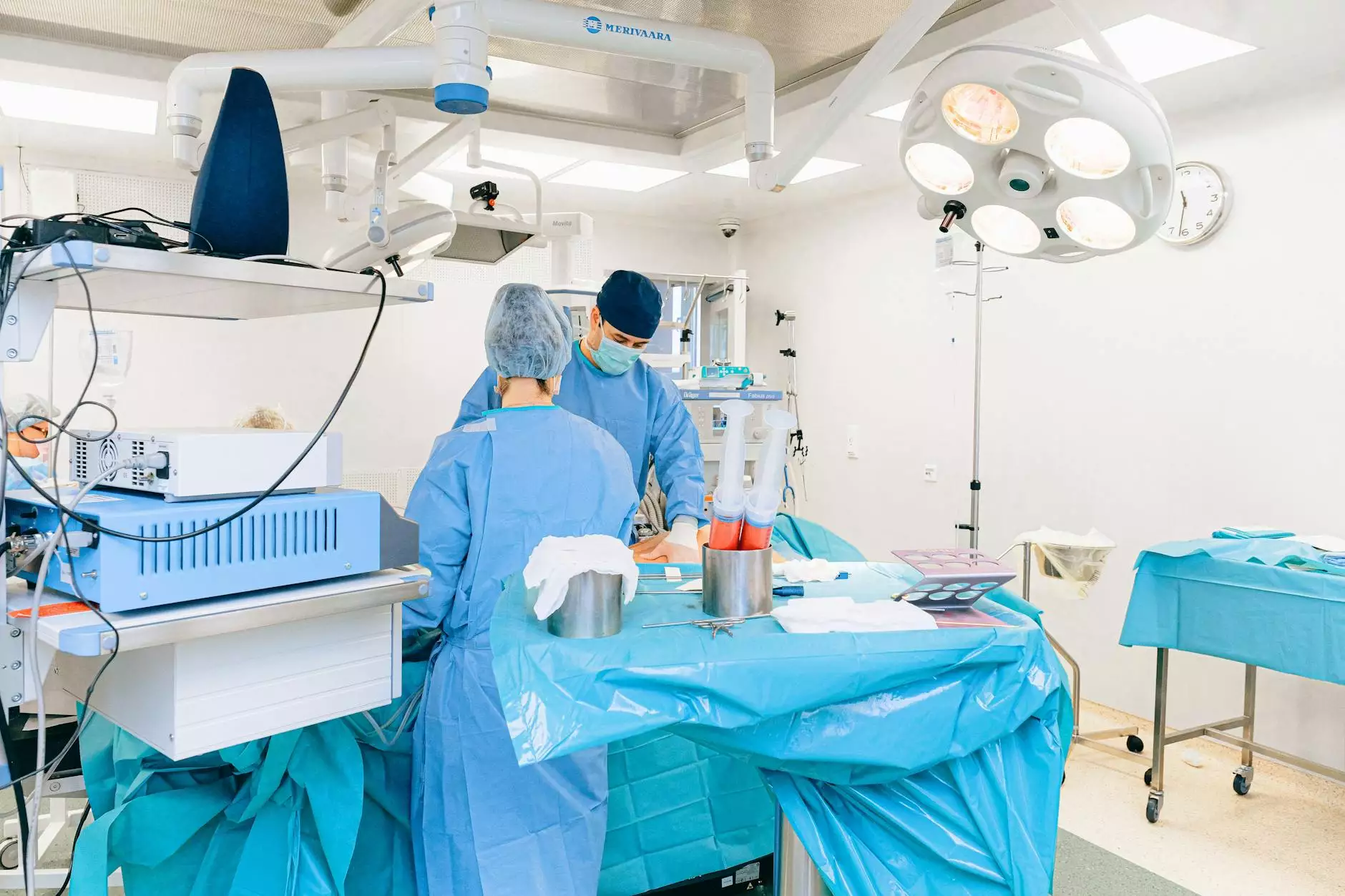Procedure for Pneumothorax

Introduction
Pneumothorax, also known as a collapsed lung, is a medical condition characterized by the presence of air or gas in the pleural cavity. It often occurs spontaneously or as a result of trauma or certain medical procedures. Prompt diagnosis and appropriate treatment are crucial in managing pneumothorax effectively.
The Importance of Medical Intervention
When pneumothorax occurs, air accumulates in the pleural space, causing the lung to deflate partially or completely. This can lead to significant breathing difficulties and potentially life-threatening situations. It's imperative to seek medical assistance promptly to assess the severity of the condition and determine the appropriate course of action.
Diagnostic Procedures
Diagnosing pneumothorax usually involves a combination of thorough physical examination, medical history review, and imaging techniques. Common diagnostic procedures include:
- Chest X-ray: A primary imaging method used to detect the presence of air in the pleural space. It can provide initial insights into the severity and location of the pneumothorax.
- CT Scan: Computed Tomography (CT) scans may be recommended for a more detailed evaluation of the pneumothorax, especially in complex cases or when precise information is required.
- Ultrasound: Ultrasonography aids in visualizing the pleural space. It helps to determine the depth of the pneumothorax and identify any associated complications.
Treatment Options
The choice of treatment for pneumothorax largely depends on its severity and underlying causes. Common treatment approaches include:
Conservative Management
For small, uncomplicated pneumothoraces, conservative management may be appropriate. This approach involves closely monitoring the patient's condition while allowing the body time to reabsorb the trapped air naturally. In some cases, supplemental oxygen may be administered to expedite the reabsorption process.
Needle Aspiration
In larger pneumothoraces or in situations where immediate relief is necessary, needle aspiration may be performed. This procedure involves inserting a needle into the chest wall to aspirate the excess air, ultimately allowing the lung to re-expand. Needle aspiration is typically performed under local anesthesia, and its success depends on the competence of the performing physician.
Thoracostomy and Chest Tube Insertion
For more severe or recurrent pneumothoraces, a thoracostomy or chest tube insertion becomes necessary. This procedure involves creating a small incision in the chest wall and inserting a chest tube to drain the accumulated air or fluid. The chest tube is connected to a closed drainage system, effectively allowing the lung to re-expand over time. It's important to consult a skilled medical professional for proper placement and management of the chest tube.
Pleurodesis
In cases where recurrent pneumothorax becomes a chronic concern, pleurodesis may be recommended. Pleurodesis involves the fusion of the visceral and parietal pleura through various techniques, such as the instillation of chemical agents or the mechanical adhesion of the pleural surfaces. This procedure aims to prevent future air accumulation, ultimately reducing the risk of recurrent pneumothorax.
Recovery and Follow-up Care
Following the chosen intervention for pneumothorax, patients will require careful monitoring and follow-up care. This involves regular examinations and imaging to ensure adequate re-expansion of the lung and the absence of complications. The duration and frequency of follow-up visits depend on the initial severity of the pneumothorax and the chosen treatment method.
Conclusion
Pneumothorax can pose significant health risks and should be managed promptly and effectively. Understanding the available diagnostic procedures and treatment options is crucial in providing optimal care for patients. It is essential to consult experienced medical professionals, such as those at Neumark Surgery, to ensure accurate diagnosis, appropriate management, and favorable long-term outcomes.
procedure for pneumothorax








